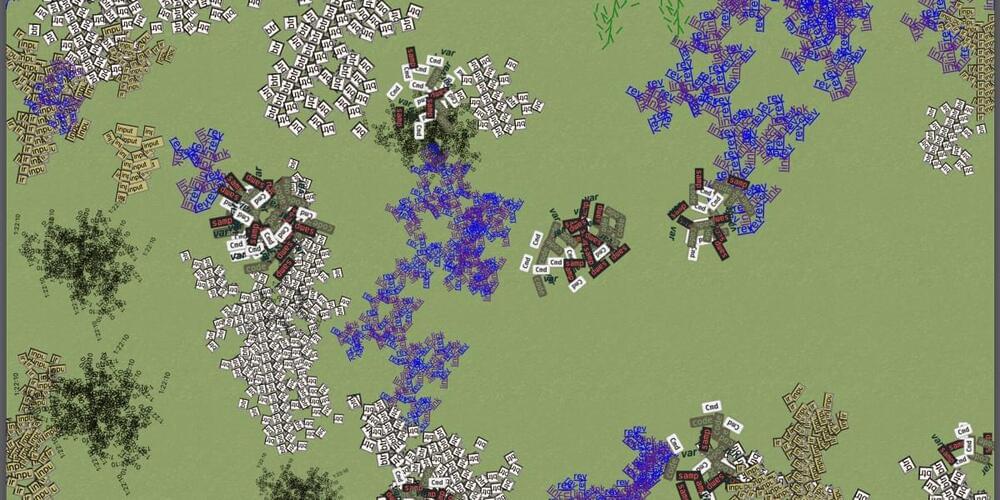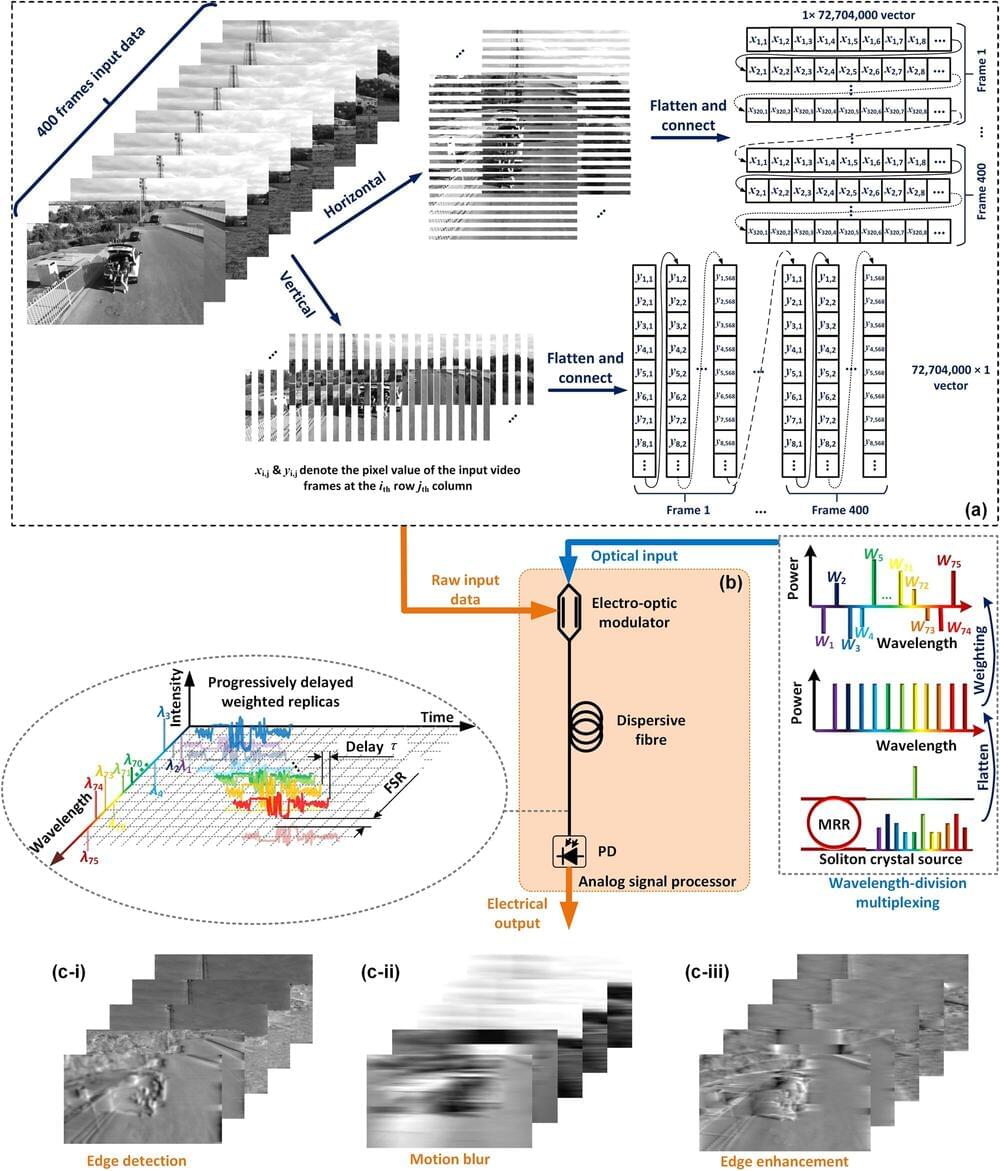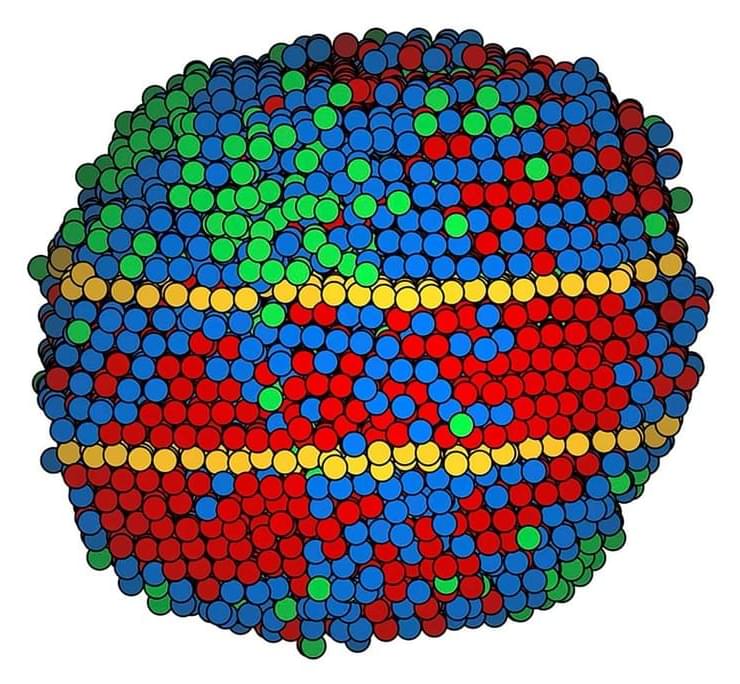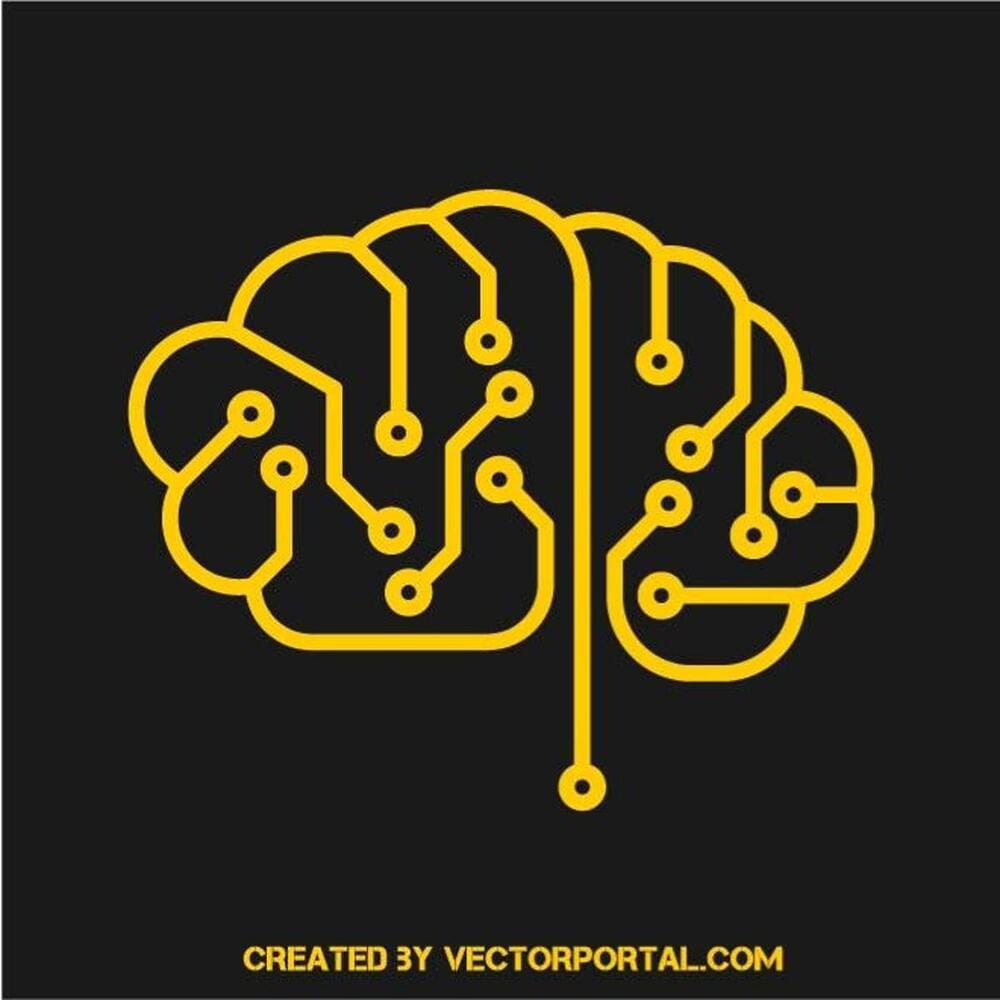Starship’s previous two flights were partially successful in April and November but ended in explosions before reaching their intended destinations.



Abstract Here we represent human lives in a way that shares structural similarity to language, and we exploit this similarity to adapt natural language processing techniques to examine the evolution and predictability of human lives based on detailed event sequences.
Using registry data from Denmark, Lehmann et al. create individual-level trajectories of events related to health, education, occupation, income and address, and also apply transformer models to build rich embeddings of life-events and to predict outcomes ranging from time of death to personality.
The events of 2023 showed that A.I. doesn’t need to be that good in order to do damage.


Scattered across the web are communities of programmers working to revive this seemingly outdated approach. Anchored in the concept of “HTML Energy,” a term coined by artists Laurel Schwulst and Elliott Cost, the movement is anything but a superficial appeal to retro aesthetics. It focuses on the tactile process of coding in HTML, exploring how the language invites self-expression and empowers individuals to claim their share of the web. Taking shape in small Discord channels and digital magazines, among other spaces, the HTML Energy movement is about celebrating the human touch in digital experiences.
Today, the majority of the internet is optimized for social engagement, e-commerce, and streaming. Most internet traffic is concentrated in a small number of sites, all of which are owned by the same handful of companies. From lengthy ads to aggressive cookie settings, minor obstacles and nuisances are baked in. Users are constantly reminded that their access to the internet is conditional on the monetary interests of a few. The situation with X (formerly known as Twitter) perfectly encapsulates this state of internet ownership: it only took one executive to spark a mass exodus from the platform and to fragment its long-lived communities.
However, despite the monopolistic landscape of Big Tech, one fundamental reality continues to justify the internet’s democratic reputation: anyone can publish a website for free with HTML. With an abundance of real estate, the web technically has space for everyone. It’s just a matter of traffic.

A team of international scientists have developed an ultra-high speed signal processor that can analyze 400,000 real time video images concurrently, according to a paper published in Communications Engineering.
The team, led by Swinburne University of Technology’s Professor David Moss, have developed a processor that operates more than 10,000 times faster than typical electronic processors that operate in Gigabyte/s, at a record 17 Terabits/s (trillion bits per second).
The technology has profound implications for the safety and efficiency of driverless cars, medical imaging and could help find habitable planets beyond our solar system.

On the pursuit for anyons (Majoranas) in the context of the latest progress on multiple platforms.
Already, the graphene efforts have offered “a breath of fresh air” to the community, Alicea says. “It’s one of the most promising avenues that I’ve seen in a while.” Since leaving Microsoft, Zaletel has shifted his focus to graphene. “It’s clear that this is just where you should do it now,” he says.
But not everyone believes they will have enough control over the free-moving quasiparticles in the graphene system to scale up to an array of qubits—or that they can create big enough gaps to keep out intruders. Manipulating the quarter-charge quasiparticles in graphene is much more complicated than moving the Majoranas at the ends of nanowires, Kouwenhoven says. “It’s super interesting for physics, but for a quantum computer I don’t see it.”
Just across the parking lot from Station Q’s new office, a third kind of Majorana hunt is underway. In an unassuming black building branded Google AI Quantum, past the company rock-climbing wall and surfboard rack, a dozen or so proto–quantum computers dangle from workstations, hidden inside their chandelier-like cooling systems. Their chips contain arrays of dozens of qubits based on a more conventional technology: tiny loops of superconducting wires through which current oscillates between two electrical states. These qubits, like other standard approaches, are beset with errors, but Google researchers are hoping they can marry the Majorana’s innate error protection to their quantum chip.

Researchers found that chimpanzees and bonobos can recognize former groupmates they haven’t seen for over 25 years, showing more attention to those they had positive relationships with.
This study, conducted with apes at various zoos and sanctuaries, used eye-tracking technology to measure apes’ responses to photographs of familiar and unfamiliar individuals.
The findings suggest that such enduring social memory in apes could have played a foundational role in the evolution of human culture and interpersonal relationships.

